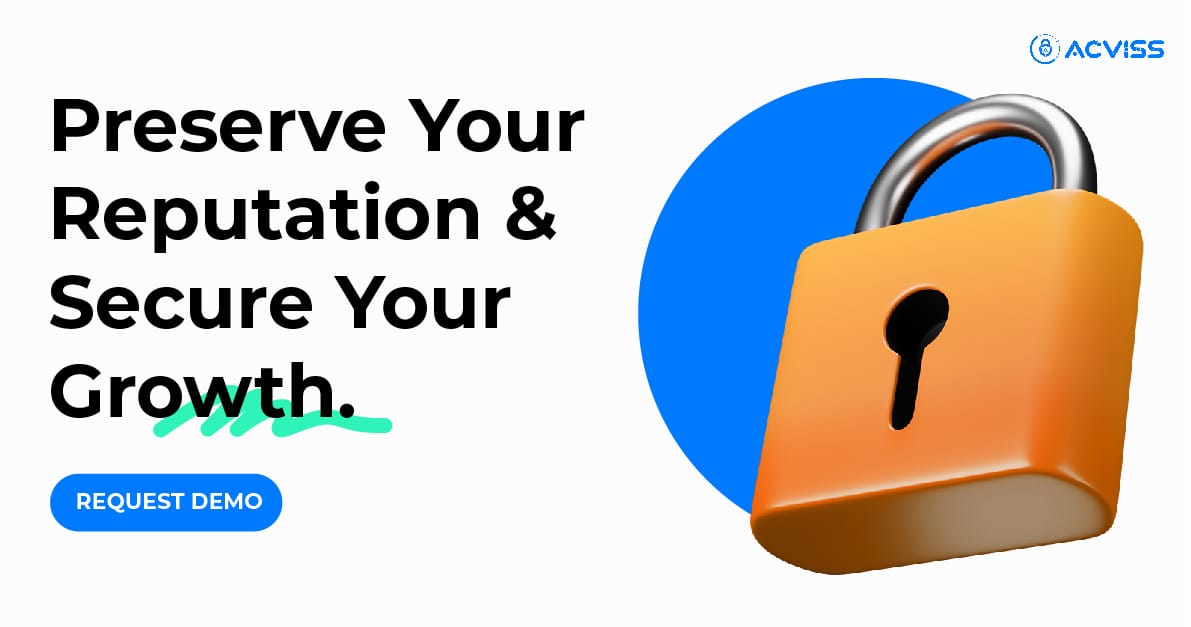How FMCG, Personal Care Brands Use Hologram, QR Labels to Prevent Counterfeiting
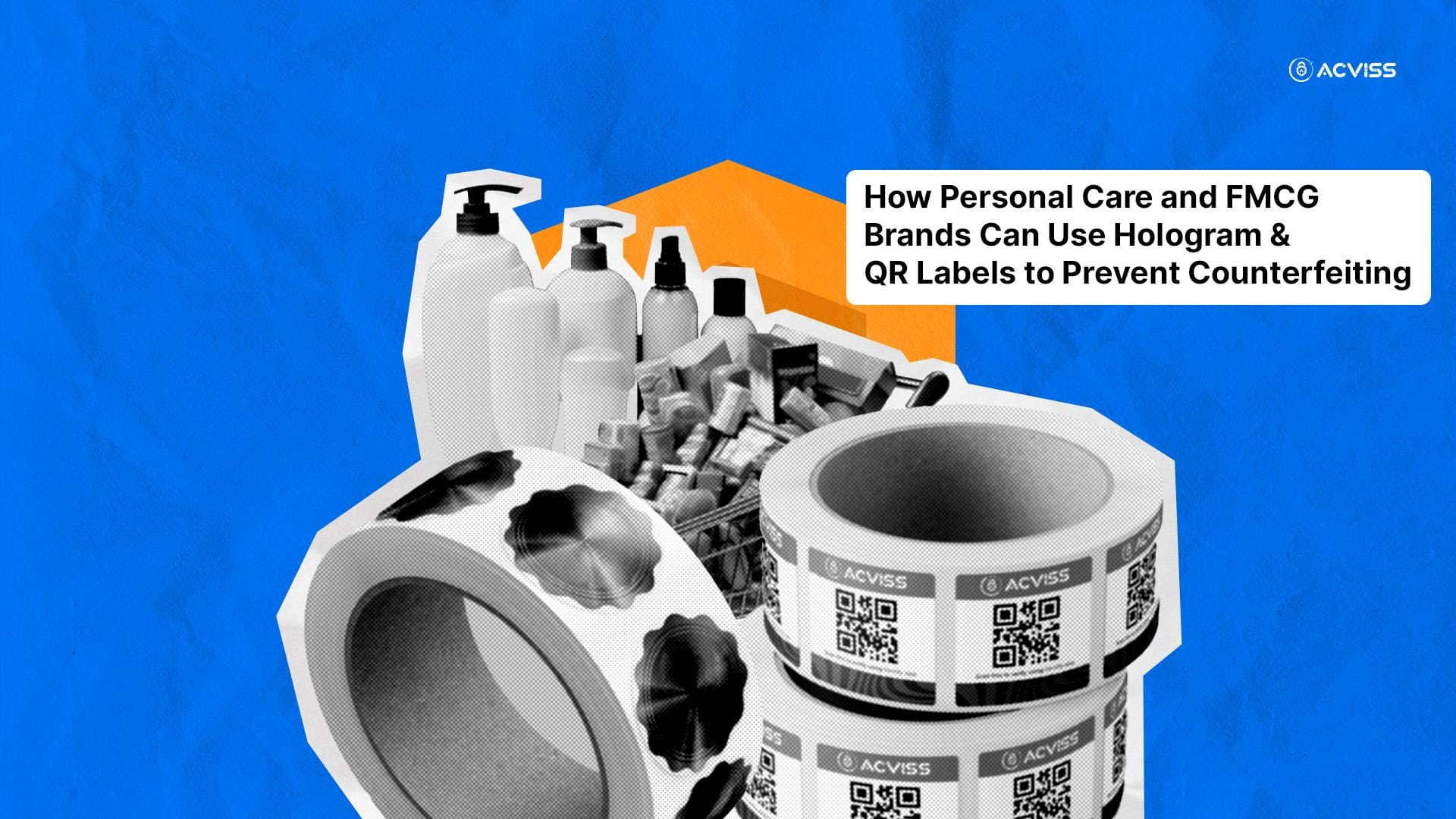
Your customers are buying fake versions of your products right now. They might trust the official-looking packaging. And when those fake products cause skin reactions or don't work as expected, they don't blame the counterfeiters; they blame your brand.
The counterfeit problem isn't slowing down. It's getting more sophisticated, especially in personal care and FMCG products, where the stakes involve customer safety and brand reputation.
The good news? Hologram and QR labels offer practical, affordable protection that actually works. By correctly using them, they can cut counterfeits significantly while giving your customers confidence in your products.
The Real Cost of Counterfeits to Your FMCG Brand
Let's start with what counterfeiting is actually costing your business.
1. Revenue Loss That Adds Up
Counterfeits directly eat into your sales. The cosmetics industry loses €7 billion annually to counterfeits across Europe. And yes, that is just Europe; we can only imagine the worldwide number. When customers buy fake versions of your products, that's money that should have come to your business. The cosmetics industry alone loses billions annually to counterfeit products across Europe.
2. Customer Safety Becomes Your Problem
Here's what makes FMCG counterfeits particularly dangerous:
- Fake cosmetics contain toxic ingredients like lead at dangerous levels
- Counterfeit skincare products use harmful chemicals that cause infections
- Fake hygiene products often lack active ingredients entirely
The scary part? When customers are harmed by counterfeit products, they hold your brand accountable. Most consumers can't tell the difference between authentic and counterfeit products until something goes wrong.
3. Brand Damage That Lasts
Customer complaints about "your" products that aren't actually yours still damage your reputation. Social media reviews don't distinguish between authentic and fake products. One bad experience with a counterfeit can lose you a customer forever.
4. Where Counterfeits Show Up
Your products are being counterfeited across multiple channels. In fact, the stats say that 70% of beauty brands now face digital counterfeits across online platforms.
Here’s where it happens:
- Major online marketplaces where customers expect authenticity
- Social media platforms where younger consumers shop
- Physical retail stores that unknowingly stock fakes
- Cross-border e-commerce sites with limited oversight
How Hologram Labels Stop Counterfeits in Their Tracks
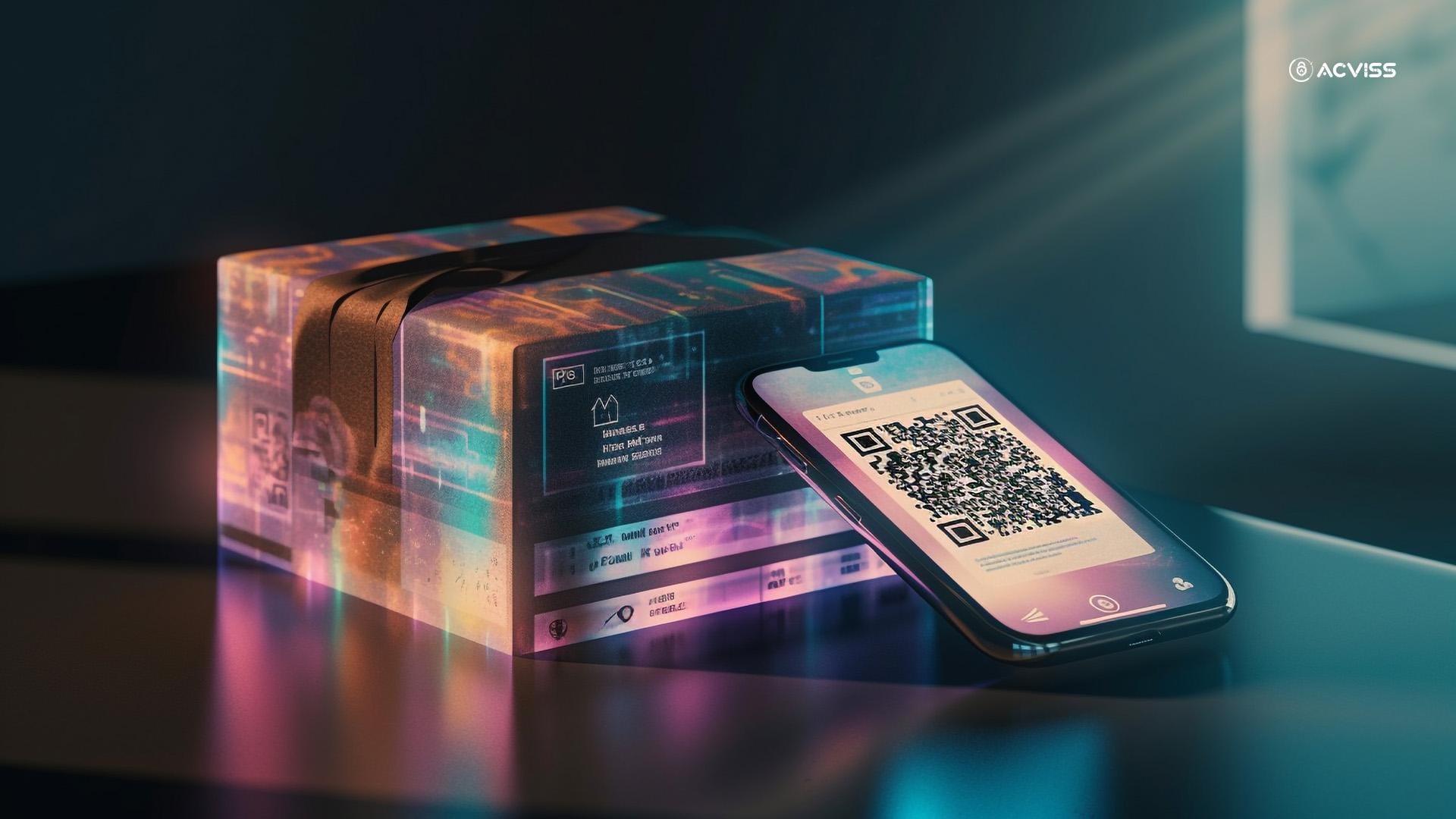
Hologram labels work because they're nearly impossible to replicate without expensive, specialised equipment that counterfeiters typically can't access.
What Makes Holograms Effective
Holograms use optical interference patterns that create 3D images visible under light. The technology behind authentic holograms requires sophisticated manufacturing processes that are cost-prohibitive for most counterfeiters.
Here's what makes them work for your products:
- Instant Visual Authentication: Customers and retailers can spot authentic products immediately
- Tamper-Evident Features: Labels show clear evidence if someone tries to remove or transfer them
- Custom Design Options: Your specific brand elements make replication much harder
Perfect Applications for FMCG
Holograms work particularly well on:
- Shampoo and conditioner bottles
- Lipstick tubes and cosmetic packaging
- Soap and personal care product wrappers
- Premium product lines where authenticity matters most
The labels work on curved surfaces, small packages, and remain visible even in poor store lighting conditions.
Real Protection Benefits
Hologram labels can reduce counterfeiting by up to 70% through visual deterrence. Basically, hologram labels provide multiple layers of protection that make this possible.
A hologram enables:
- Visual deterrent that makes counterfeiting less profitable
- Clear authentication method for consumers and retailers
- Tamper evidence that reveals attempts to reuse labels on fake products
Implementation Considerations
Basic hologram labels cost very little per unit, making them accessible even for high-volume FMCG products. They integrate easily into existing packaging processes without major production changes.
However, holograms work best as part of a broader anti-counterfeiting strategy rather than as standalone solutions.
QR Labels: Putting Authentication Power in Customer Hands
QR codes transform every customer into a product authenticator by connecting them directly to your verification systems.
How QR Authentication Works
When customers scan your QR code with their smartphone camera, they connect to your secure database that confirms product authenticity in real-time.
The system can show:
- Confirmation that the product is genuine
- Manufacturing date and batch information
- Product origin and supply chain details
- Expiry dates and usage instructions
Consumer-Friendly Verification
QR codes work with any smartphone camera, no special apps required. This removes barriers that might prevent customers from verifying products.
The verification process takes seconds and provides immediate peace of mind. Customers get transparent information about your products while you get data about where and when verification attempts happen.
Business Intelligence Benefits
Apart from direct authentication for customers, QR verification systems provide valuable insights to businesses as well. For example:
- Identify geographic areas with high counterfeit activity
- Track consumer verification patterns and behaviours
- Monitor which products face the highest counterfeiting risk
- Gather data for law enforcement and brand protection efforts
Integration with Existing Packaging
QR codes adapt to virtually any packaging design. They can be incorporated into existing label designs, printed directly on packaging, or combined with other security features.
The codes remain scannable even on curved surfaces, small packages, and through protective films or coatings.
💡Pro Tip: Use encrypted, dynamic QR codes that generate unique verification responses rather than static codes that link to simple websites. This makes them much harder for counterfeiters to replicate effectively. |
|---|
Real-Time Protection
QR systems provide active, real-time protection. When counterfeiters try to copy your codes, the verification system immediately identifies the attempt and can alert you to counterfeit activity.
The Double-Protection Advantage: Combining Holograms and QR Codes
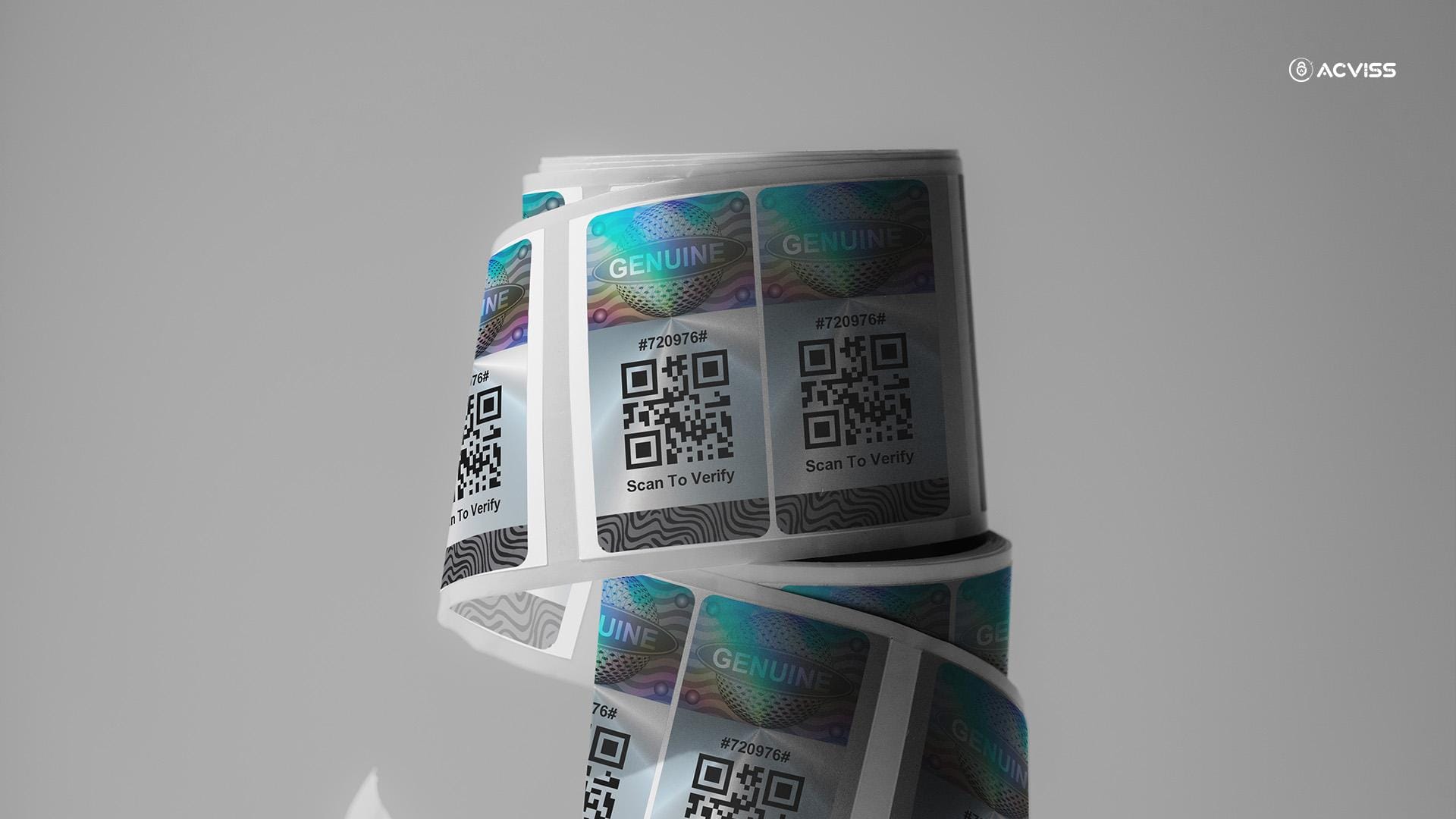
Using hologram and QR technologies together creates layered security that's extremely difficult for counterfeiters to overcome.
Why Hybrid Labels Work Better
Each technology addresses different aspects of the counterfeiting problem:
→ Holograms provide immediate visual deterrence and tamper evidence
→ QR codes offer real-time digital verification and consumer engagement
→ Combined, they appeal to different verification preferences and create multiple barriers
Layered Security Features
When properly implemented, hybrid labels include:
- Holographic elements that prevent physical tampering
- QR codes that provide database verification
- Tamper-evident adhesives that show removal attempts
- Custom design elements specific to your brand
The key is positioning these elements so they work together. Removing or tampering with one component damages the other.
Consumer Trust Building
Customers respond positively to multiple verification options. Some prefer the immediate visual confirmation of holograms, while others want the detailed information available through QR scanning.
Providing both options increases overall consumer confidence and verification rates.
Implementation Strategy
Position QR codes within or adjacent to holographic elements so that removing one damages the other. This prevents counterfeiters from harvesting authentic labels to apply to fake products.
Use holographic overlays that make QR codes harder to photograph and replicate while maintaining scannability through smartphone cameras.
Cost-Effectiveness
The additional cost of combining technologies is typically minimal compared to the benefits a brand would gain from it. Basic hologram labels cost just $0.01-0.05 per unit. Most suppliers offer hybrid solutions that integrate both features into a single label.
Your Step-by-Step Implementation Guide
Here's how to add hologram and QR authentication to your products systematically.
Phase 1: Assessment and Planning (Month 1)
Identify Priority Products
Start with products that face the highest counterfeiting risk:
- Premium or high-margin items
- Products with safety implications
- Best-selling items that attract counterfeiters
- Products sold in high-risk markets or channels
Calculate Current Impact
Assess your current counterfeiting exposure:
- Monitor online marketplaces for fake versions of your products
- Track customer complaints that might indicate counterfeit issues
- Review sales patterns in markets known for high counterfeit activity
- Estimate revenue loss from counterfeit competition
Choose Your Approach
Decide between hologram-only, QR-only, or hybrid solutions based on:
- Budget constraints and cost per unit targets
- Customer preferences and technical capabilities
- Product packaging constraints and design requirements
- Market-specific needs and regulatory requirements
Phase 2: Technology Setup (Months 2-3)
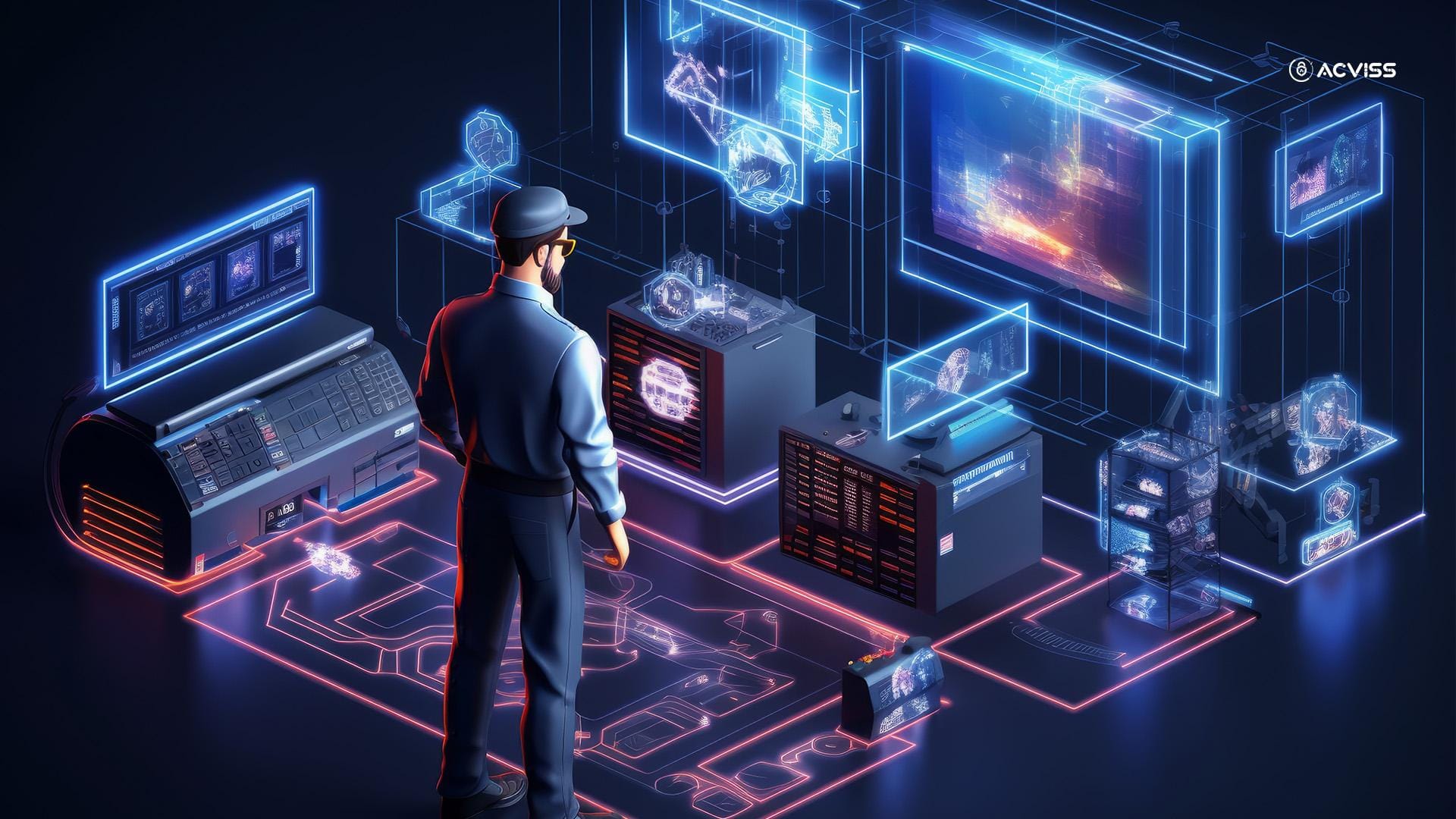
Partner Selection
Choose authentication providers based on:
- Experience with FMCG and personal care products
- Ability to scale with your production volumes
- Integration capabilities with existing packaging processes
- Support for both hologram and QR technologies
System Design
Develop your authentication system:
- Create a QR database and verification platform
- Design hologram elements that match your brand aesthetics
- Plan integration with existing packaging and production processes
- Set up consumer-facing verification interfaces
Testing and Validation
Before full rollout:
- Test label durability under normal product conditions
- Verify QR scanning works across different smartphone models
- Confirm hologram visibility under various lighting conditions
- Validate that tamper-evidence features function correctly
Phase 3: Production and Launch (Months 4-6)
Start with Pilot Products
Launch authentication labels on selected products or in specific markets:
- Choose products where you can easily measure impact
- Focus on markets with known counterfeiting issues
- elect retail partners willing to support authentication initiatives
Team and Partner Training
Educate stakeholders on the new system:
- Train your customer service team to handle verification questions
- Provide retailers with information about authentication features
- Create simple guides for consumers on how to verify products
Monitor and Measure
Track key performance indicators:
- QR code scanning rates and patterns
- Customer feedback on the authentication experience
- Counterfeit detection rates and geographic patterns
- Impact on sales and customer complaints
Phase 4: Scale and Optimise (Months 6+)
Expand Based on Results
Roll out to additional products and markets:
- Prioritise expansion based on pilot program success
- Apply lessons learned to improve implementation
- Continue monitoring for optimisation opportunities
Consumer Education
Build awareness of your authentication features:
- Include verification instructions in marketing materials
- Use social media to educate customers about authentication
- Partner with retailers to promote product verification
Continuous Improvement
Regularly update and improve your system:
- Monitor for new counterfeiting techniques and adapt accordingly
- Update QR systems with enhanced security features
- Refresh hologram designs periodically to stay ahead of counterfeiters
Certify by Acviss: Complete Authentication Solution for Your Brand
When you're ready to implement comprehensive product authentication, Certify by Acviss provides everything you need in one integrated platform.
1. Designed Specifically for FMCG Brands
Certify by Acviss understands the unique challenges facing personal care and FMCG companies:
- High-volume production requirements with cost-effective solutions
- Packaging constraints that require flexible authentication options
- Consumer behaviour patterns that demand simple verification processes
- Market pressures that require quick implementation and measurable results
2. Complete Protection Package
Certify by Acviss combines hologram and QR technologies in tamper-proof labels that provide layered security:
- Custom holographic elements featuring your brand design
- Encrypted QR codes linking to secure verification databases
- Tamper-evident adhesives that show removal attempts
- Real-time monitoring and reporting capabilities
3. Proven Results Across Industries
Over 100 brands use Acviss solutions with measurable impact on counterfeiting. Companies report a 60% reduction in counterfeit incidents after implementing Acviss solutions.
4. Implementation Made Simple
Certify handles the complexity so you don't have to:
- The complete setup process typically takes 8-12 weeks
- Full support team helps integrate with existing packaging processes
- Consumer-friendly verification that customers actually use
- Comprehensive training for your team and retail partners
5. Real-Time Business Intelligence
The platform provides actionable insights:
- Dashboard showing verification patterns and counterfeit attempts
- Geographic analysis of authentication activity
- Product-specific data to guide anti-counterfeiting strategy
- Integration with brand protection and legal enforcement efforts
6. Scalable for Your Business
Whether you're protecting small product batches or million-unit production runs, Certify by Acviss adapts to your needs while maintaining cost-effectiveness and security standards.
Common Mistakes to Avoid (and How to Get It Right)

Learn from other brands' experiences to implement authentication successfully.
Don't Use Generic Solutions
Off-the-shelf authentication labels are easier for counterfeiters to source and replicate. Custom solutions featuring your specific brand elements provide much better protection.
Avoid Over-Complicated Verification
If customers can't figure out how to verify products quickly and easily, they simply won't do it. Keep the process simple and intuitive.
Don't Skip Retailer Training
Store staff need to understand your authentication features to help customers and identify potential counterfeits. Provide simple training materials and clear identification guides.
Avoid Weak QR Security
Static QR codes that link to simple websites are easy for counterfeiters to replicate. Use encrypted, dynamic codes that provide unique verification responses.
Don't Ignore Consumer Education
Even the best authentication technology works better when customers know about it and understand how to use it. Include verification information in your marketing and packaging.
Plan for Scale from the Beginning
Start with systems that can grow with your business. Implementing authentication on a few products and then having to rebuild everything for expansion wastes time and money.
Taking Action: Your Next Steps
Before implementing any authentication solution, understand your current exposure. Once you are aware of the situation, select authentication methods based on your specific needs. Start with high-priority products and expand based on results. Use pilot programs to refine your approach before full rollout.
Authentication isn't a one-time project; it's an ongoing business capability. Invest in systems and processes that can adapt as counterfeiting techniques evolve.And the most important part is keeping a track. Track the impact of your authentication program and continuously improve based on data and customer feedback.
The brands that implement product authentication today will have stronger market positions and better customer relationships tomorrow. The ones that wait will spend more time and money catching up later.
Your customers trust your brand. Make sure they're actually buying your products.
Want to ensure your products are always authentic and trusted? Discover how our tamper-proof labelling and authentication solutions protect your brand. Connect with us today
